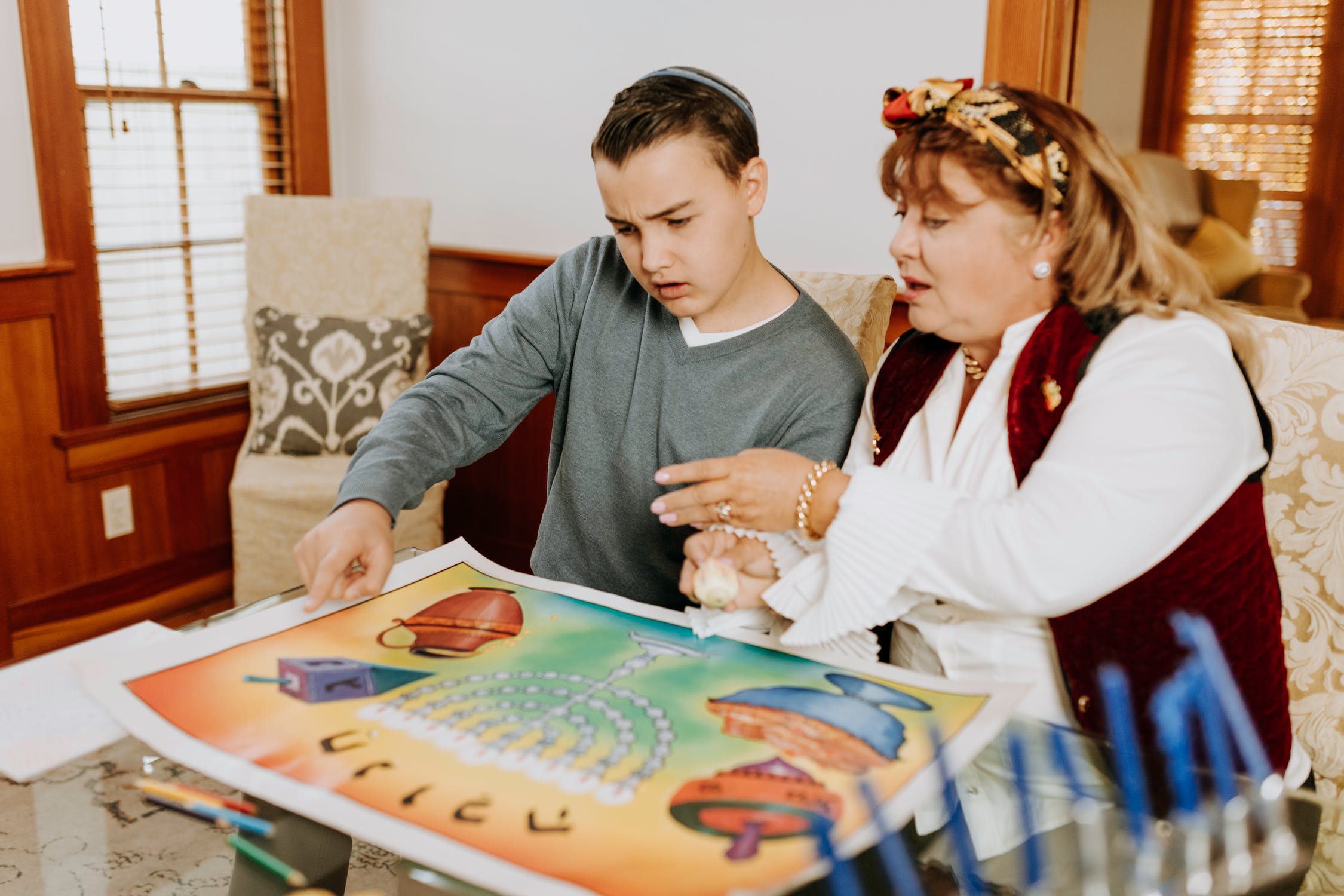In today’s increasingly diverse classrooms, it’s more important than ever to ensure that all students feel seen, heard, and included. That’s where culturally responsive teaching comes in – a powerful approach that recognizes the unique backgrounds and experiences of each student and creates an environment where everyone can thrive. In this blog post, we’ll explore some proven strategies for connecting with diverse students and creating a classroom culture of respect, understanding, and success. Whether you’re a seasoned educator or just starting out on your teaching journey, these tips will help you build stronger relationships with your students and foster a more inclusive learning community. So let’s dive in!
Introduction to Cultural Responsive Teaching
Cultural responsive teaching is an approach to teaching that takes into account the diverse backgrounds and experiences of students. It is based on the belief that all students can learn, regardless of their cultural background.
Cultural responsive teaching strategies include:
-Building relationships with students and their families
-Creating a safe and supportive learning environment
– using culturally relevant materials and activities
– incorporating students’ cultural backgrounds into instruction
– valuing students’ home language and culture
Benefits of Culturally Responsive Teaching
When teachers are culturally responsive, they tap into students’ backgrounds and experiences to help them better understand the material. This type of teaching can result in increased engagement and motivation, as well as improved academic performance.
Culturally responsive teaching has a number of benefits for both students and teachers. For students, it can help improve engagement, increase motivation, and promote academic success. In addition, it can foster a sense of belonging and community in the classroom. For teachers, culturally responsive teaching can lead to increased job satisfaction and improved relationships with their students.
Strategies for Connecting with Diverse Students
There are a number of strategies that teachers can use to connect with diverse students in their classrooms. One important strategy is to create a safe and welcoming environment in the classroom where all students feel respected and valued. This can be done by using culturally responsive teaching practices such as incorporating students’ cultural backgrounds into the curriculum, using language that is respectful and inclusive of all cultures, and providing opportunities for students to share their own experiences and perspectives.
Another key strategy for connecting with diverse students is to build relationships with them. This can be done by taking the time to get to know each student as an individual, showing genuine interest in their lives and experiences, and being supportive when they need it. When students feel like they have a positive relationship with their teacher, they are more likely to engage in learning and be successful in school.
It is important for teachers to be aware of their own biases and assumptions about diverse cultures. We all have biases that we may not even be aware of, so it’s important to take the time to reflect on our own beliefs and how they might impact our interactions with diverse students. By being mindful of our own biases, we can work towards creating more equitable classrooms for all students.
Examples of Culturally Responsive Teaching in Practice
There are many ways that teachers can make their classrooms more culturally responsive. Here are a few examples:
1. Use diverse materials in the classroom
Make sure that the books, posters, and other materials in your classroom reflect the diversity of your students. This will help all students feel welcome and included in the classroom.
2. Incorporate different cultures into your lessons.
For example, if you’re teaching a lesson on families, you could include examples from various cultures and discuss how families differ around the world. This would help students understand and appreciate the diversity of their classmates’ cultures.
3. Respect and value each student’s cultural background.
This includes using proper pronunciation for names, being aware of cultural holidays and celebrations, and avoiding making any assumptions or stereotypes about students’ cultures. Showing respect for your students’ cultures will help create a positive and inclusive classroom environment.
Tips for Incorporating Cultural Competency into Your Classroom
1. Get to know your students and their backgrounds. Spend time learning about their cultures and how they identify. This will help you create a more comfortable and inclusive classroom environment.
2. Be aware of your own biases and assumptions. We all have them, but it’s important to be conscious of them so that they don’t unintentionally influence our teaching or distort our perception of our students.
3. Make an effort to include diverse perspectives in your lesson plans and classroom discussions. This will help all students feel represented and valued, and it will also promote critical thinking skills.
4. Use culturally responsive teaching strategies, such as incorporating students’ native languages or using examples that are relevant to their experiences. This will make the material more accessible and meaningful for your students.
5. Create a safe and supportive classroom environment where all students feel respected and valued. This includes being open to hearing about their experiences and perspectives, even when they differ from our own
Challenges to Implementing Cultural Responsiveness in the Classroom
There are many challenges to implementing culturally responsive teaching in the classroom. One of the biggest challenges is finding the time to plan and implement culturally responsive instructional strategies. Teachers often feel overwhelmed by the demands of their jobs and may not have the time or resources to plan and implement culturally responsive instruction. Another challenge is that some teachers may not be familiar with the concept of cultural responsiveness or may not be comfortable with incorporating it into their teaching practice. Additionally, some schools may lack diverse resources or materials that can be used to support culturally responsive instruction. It can be difficult to create a safe and supportive learning environment in which all students feel comfortable sharing their culture and experiences.
Conclusion
Culturally responsive teaching is an important tool for educators to create a learning environment that is supportive, equitable and inclusive of all students. By understanding the impact of cultural backgrounds on student learning, teachers can use strategies such as curriculum adaptation and relationship building to foster meaningful connections with their diverse learners. With effective implementation of these strategies, teachers can help equip their students with the skills necessary for success in our increasingly global society.










